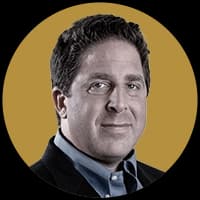Higher Ed’s New Loyalty Oaths
In theory, the embrace of diversity, equity and inclusion should be a good thing. In practice, though, it is not.

In theory, higher education’s embrace of diversity, equity, and inclusion should be a swell thing. In practice, it is not. Understanding why that is and how to do better is crucial if colleges are to be places of inclusiveness, ideas, and free inquiry.
Please check your email.
A verification code has been sent to
Didn't get a code? Click to resend.
To continue reading, please select:
Enter your email to read for FREE
Get 1 FREE article
Join the Sun for a PENNY A DAY
$0.01/day for 60 days
Cancel anytime
100% ad free experience
Unlimited article and commenting access
Full annual dues ($120) billed after 60 days

